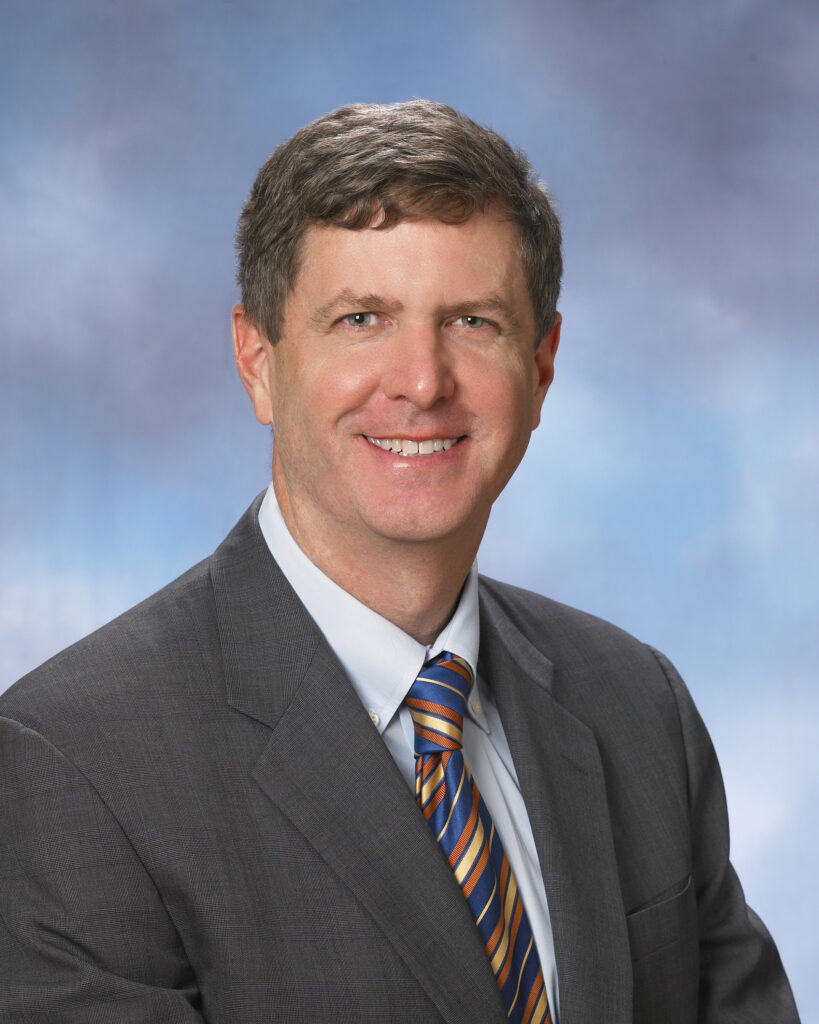Finding a product category that could be both served and shaped by someone’s unique experience in mortgage and corporate finance and capital markets would not be an easy thing for any professional to do, but that’s what New View Advisors partner and co-founder Joe Kelly saw with the reverse mortgage product category. Over the course of the past 21 years, Kelly has been an instrumental figure in the shaping of the modern reverse mortgage product.

From attending the first annual meetings of the National Reverse Mortgage Lenders Association (NRMLA), working with the U.S. Congress to make reverse mortgages eligible for real estate mortgage investment conduit (REMIC) status in the early 2000s, and helping to institute the HECM-backed Securities (HMBS) and tail structure shortly thereafter, Kelly has been instrumental due to his extensive work in and around the reverse mortgage industry.
We’re honored to include his “origin story” in this edition of RMD’s “Origins” series, chronicling the journeys that professionals take to arrive in the arena of reverse mortgages.
How long have you been working in finance, and what was it that first got your attention about the reverse mortgage business?
I have been working in finance for over thirty years. The first reverse mortgage securitization, SASCO 1999-RM1, is what got my attention.
How did you first learn about the reverse mortgage product, and what was the process of familiarizing yourself with the product like?
I was a student of “The Mortgage Professor” Jack Guttentag at the Wharton School at Penn. I first learned about reverse mortgages from one of his lectures. Once at Lehman Brothers, I learned a tremendous amount about the product’s idiosyncrasies doing that first securitization. The best way to learn about the product was to read the loan documents themselves.
Your job gives you a unique perspective over how much the reverse mortgage business has had to change over the years. What’s the biggest change you’ve observed so far, and how do you think the industry reacts to change in general?
The biggest change was the transition to an HMBS driven market, after years of reliance on one large whole loan buyer, Fannie Mae. The industry reaction to change varies from lender to lender; the more dynamic, capital markets-savvy reverse mortgage lenders have survived and thrived.
You’ve played a major role in this industry for over 20 years, whether facilitating the acquisition of HomeFirst by Financial Freedom, designing proprietary products or working on legislation allowing reverse mortgages to have REMIC status. What would you classify as your biggest accomplishment during your time working on behalf of the reverse mortgage industry?
The first securitization was the first and most important milestone in developing a reverse mortgage securitization capital market. The legislation we lobbied for in 2004 (the American Jobs Creation Act of 2004) was another milestone.
It allowed reverse mortgages and other Home Equity Lines of Credit (HELOCs) to be securitized in REMICs. Before that legislation, you could not have an H-REMIC program, and non-agency securitization was very difficult. Without either of these milestone events, the HMBS program would not have been feasible.
How has the reverse mortgage business and the government entities that oversee it been reacting to this unique moment for the country? Given everything you’ve seen, what do you think the pandemic will mean for the reverse mortgage business going forward?
It’s too soon to know what the pandemic will mean for our industry going forward, but we do know that prevention is the best medicine for both health care and financial practices. The many reforms by HUD in recent years greatly enhance the protection to the HECM program from economic downturns.
What would you say has been your single biggest surprise you’ve experienced since working with the reverse mortgage industry?
Nothing matches my surprise, when I first dealt with reverse mortgage finance, at the lack of capital markets know-how in the industry. However, that know-how has developed and improved over time.
What do you find is your biggest continual challenge in serving the reverse mortgage industry?
The biggest challenge has been achieving and sustaining a breakthrough into the mainstream, with more bank lenders. Also, the fragility of the non-agency securitization market prevents the proprietary reverse mortgage market from reaching its full potential, despite the excellent performance of proprietary RM securitizations.
Complete the sentence: If I could change one thing about the reverse mortgage industry it would be:
More diverse loan production, especially more fixed rate HECM loans.
If I could erase one reverse mortgage misconception it would be:
There are so many! I will go with those articles that say, “They take your house/home equity,” especially without mentioning the advantages of aging in place, cash received, no more monthly mortgage payments, etc.





